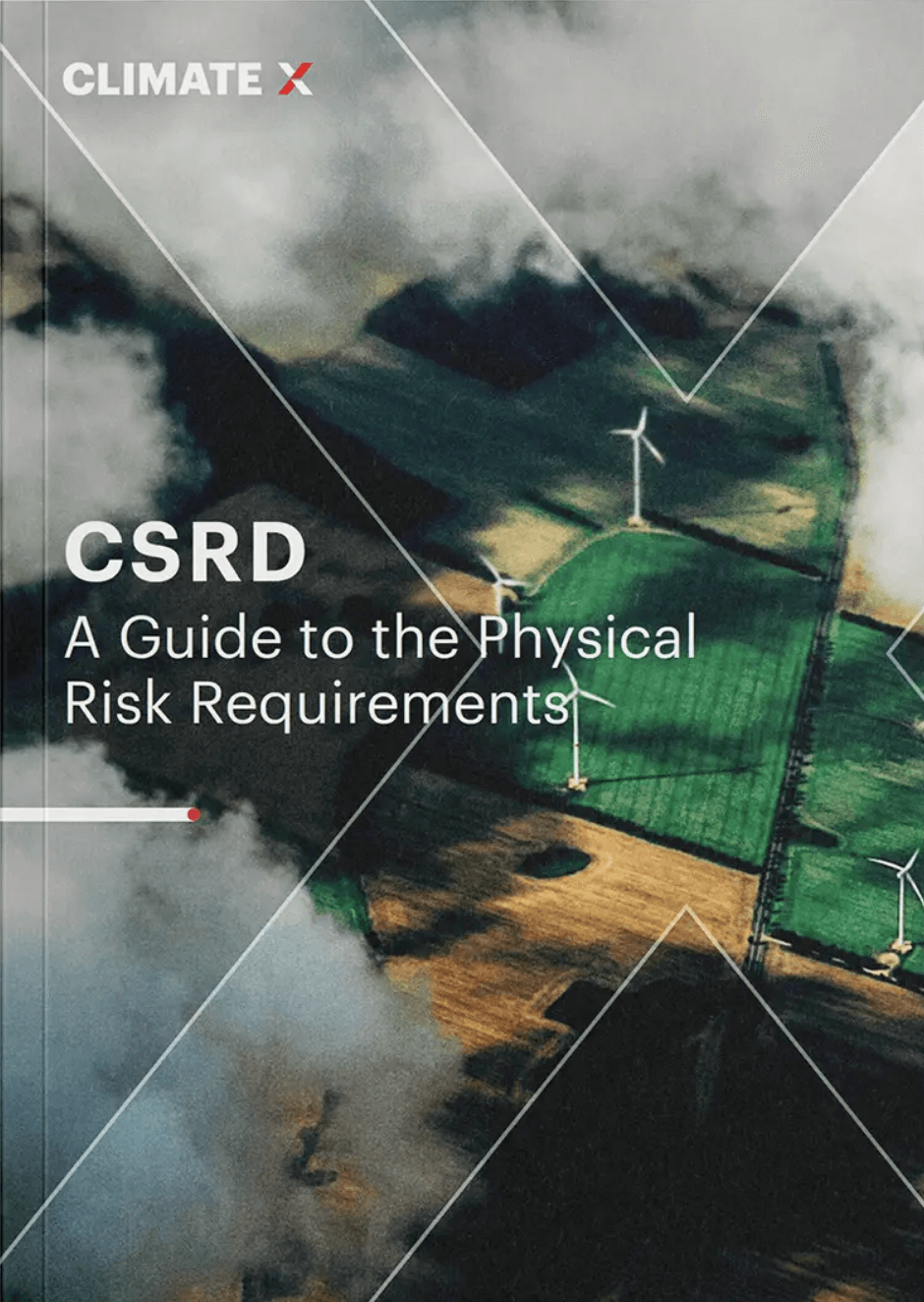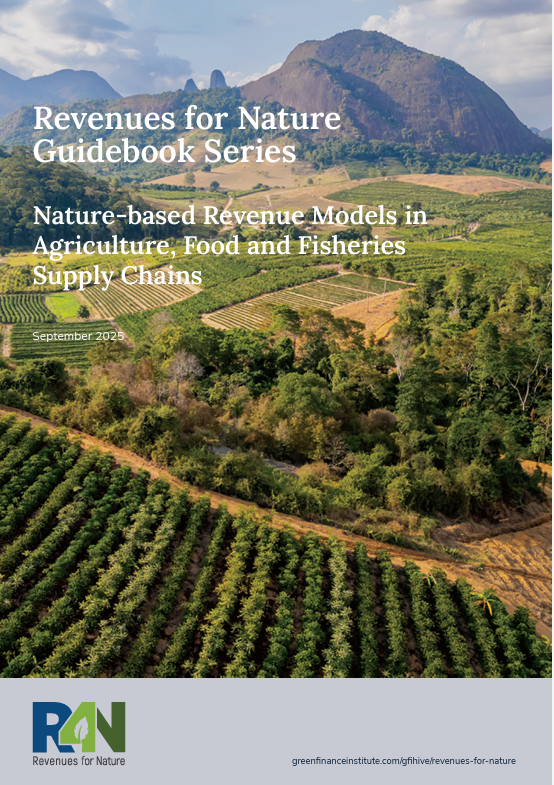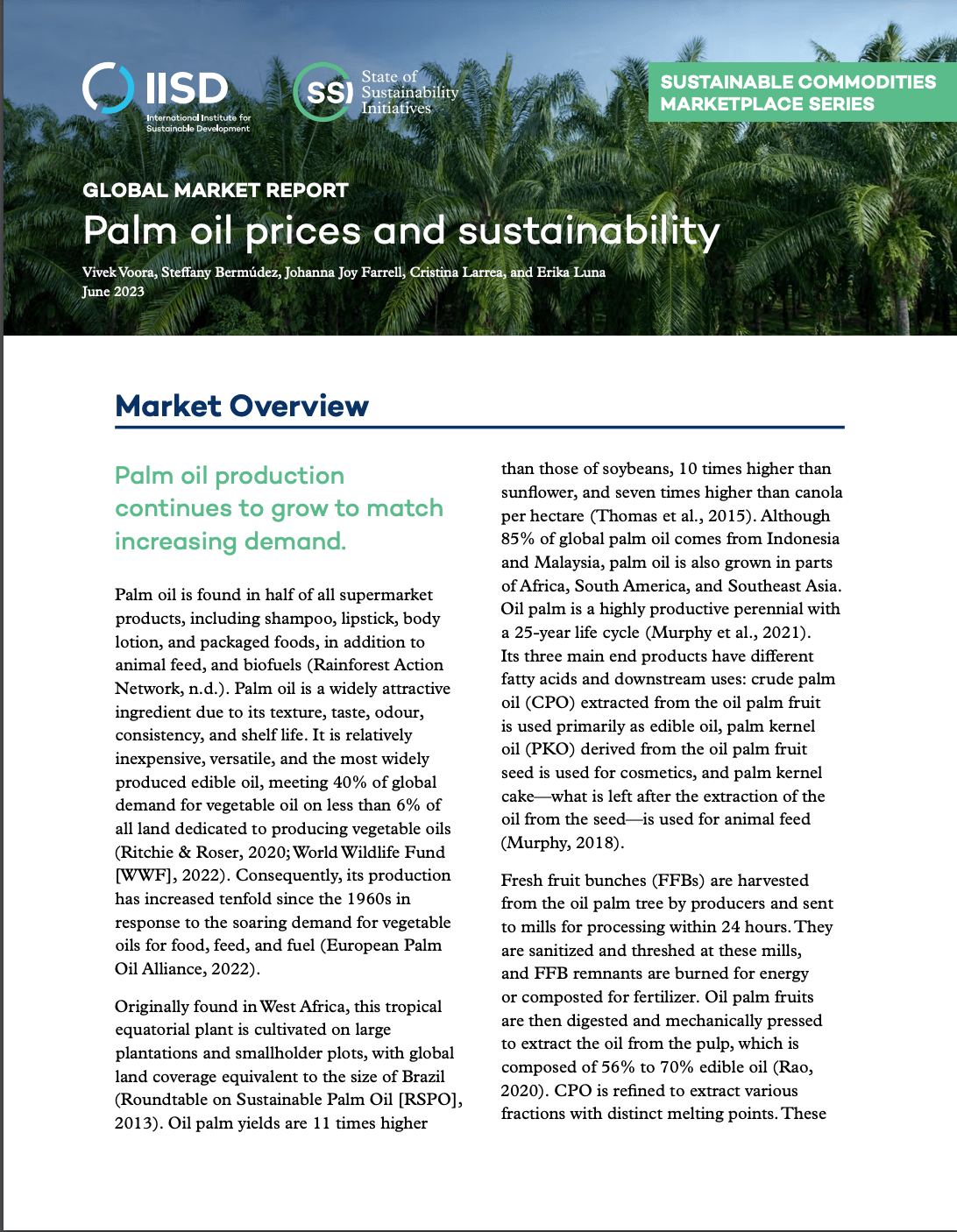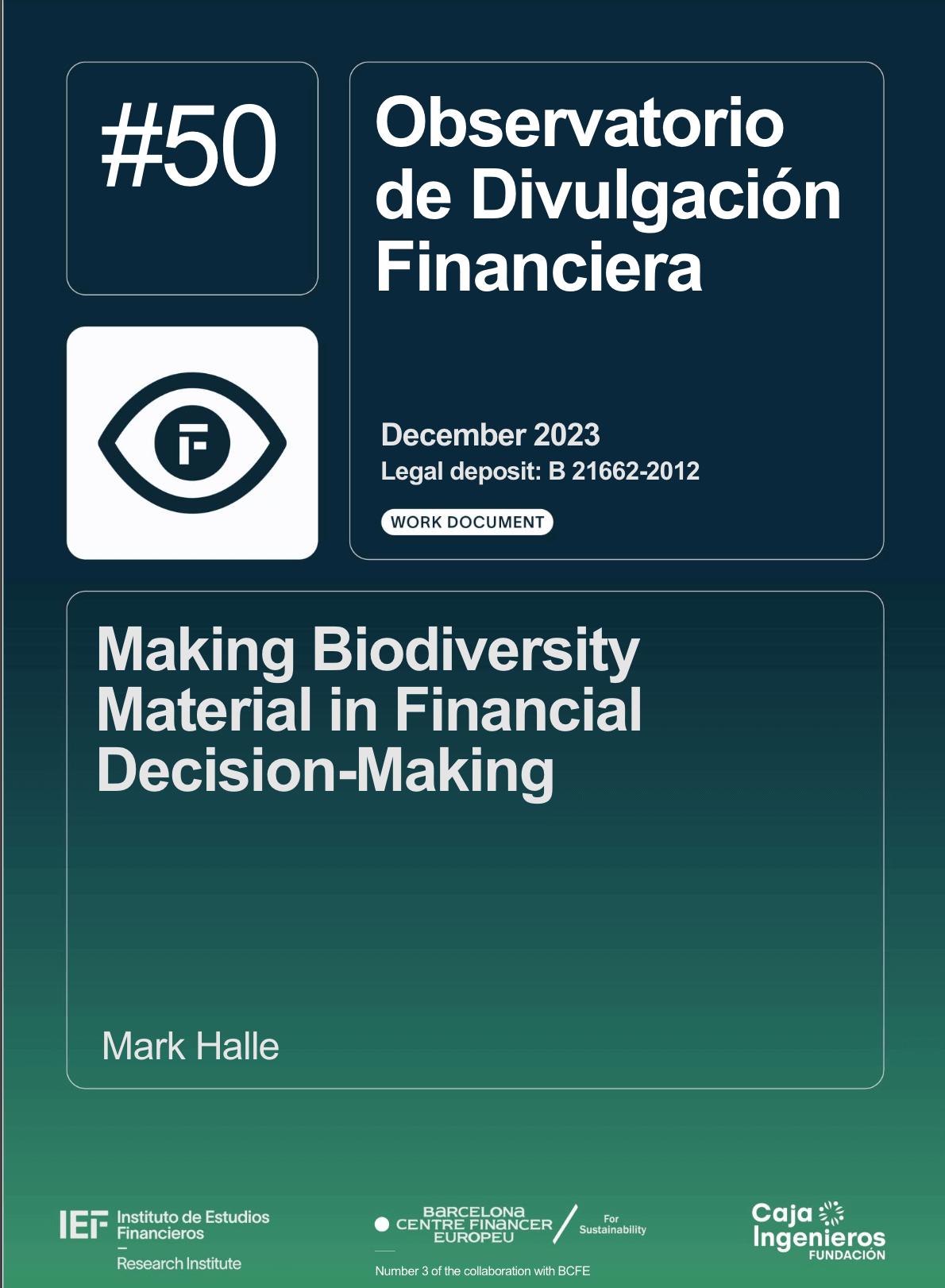Making Biodiversity Material in Financial Decision-Making
Detalles
| Until recently, financial and commercial actors could ignore the impact of their activities on ecosystems. They were considered an externality available for the most part at no cost. Although efforts have been made for nature and its services if the cost of damage to nature were to be incorporated into financial calculations of risks and benefits, this exercise has been largely academic. This has changed radically in recent years. The cost of ignoring natural risk is growing apace, as is the demand from consumers and governments for a world in which all financial activities are equitable and nature-positive. And luckily, the pieces that could allow this to happen are being put in place quickly, as evidenced by the September 2023 publication of the Nature Disclosure Task Force (TNFD) Framework. It is no longer a question of whether nature, like the climate before it, will become an element in financial decision-making, but of how quickly this can happen. This article discusses the different facets of the emerging field of nature finance, points to the latest developments and argues that, much faster than in the case of climate finance, nature finance is becoming an important topic in both the commercial and financial worlds. |
Recursos relacionados

CSRD: A Guide to the Physical Risk Requirements
This document is a comprehensive guide that explains and simplifies the physical risk requirements of the Corporate Sustainability Reporting Directive…

Nature-based Revenue Models in Agriculture, Food and Fisheries Supply Chains
A guide that offers an analysis of models that allow unlocking private capital for the restoration or protection of nature.

2023
Palm oil prices and sustainability
El aceite de palma es el aceite comestible más producido: cubre el 40 % de la demanda mundial de aceite…


